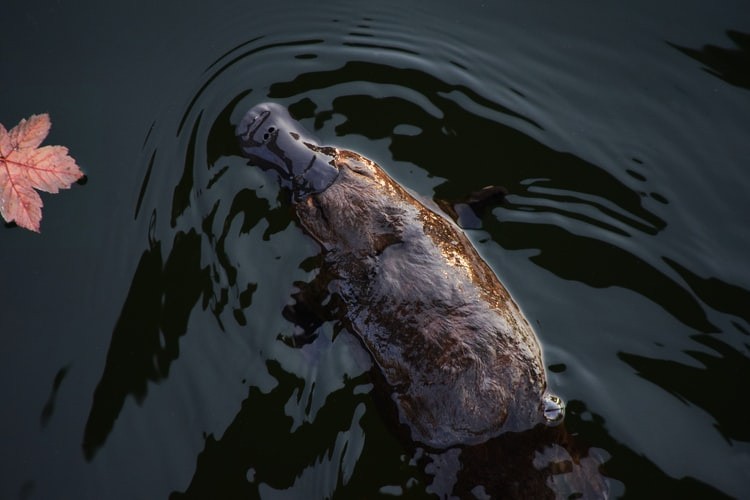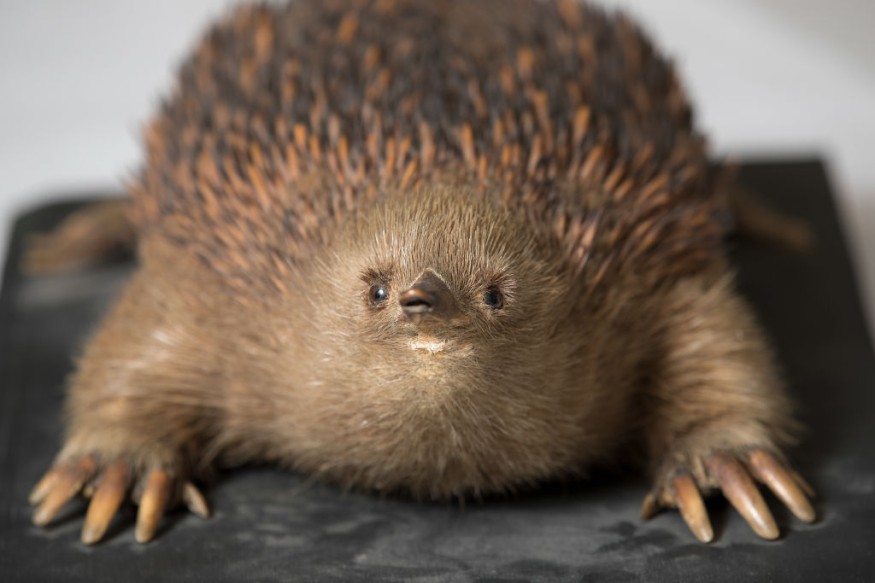The world's only living, egg-laying animals are Australia's fascinating monotremes. There are just two species left today: the echidna and the platypus.
On the other hand, these bizarre animals are the last of a far broader and more diversified group of species that previously inhabited the southern continents.
A team of scientists led by Australian Museum (AM) Chief Scientist Kristofer Helgen and AM honorary associate Tim Flannery has uncovered the monotremes' genesis tale, tracking them back to an old world's icy polar woods.
The study, published in Alcheringa: An Australasian Journal of Palaeontology, entailed looking at every important monotreme fossil currently known to chronicle their evolution and history.
Oldest Known Monotreme

According to the researchers, the oldest known monotreme, Teinolophos trusleri, lived 130 million years ago when south-eastern Australia was near the South Pole. Surprisingly, this chilly northern terrain nevertheless retained woods that could withstand at least three months of freezing darkness each year.
"Teinolophos trusleri... most likely had an electrosensitive mechanism for feeding on insects in the seasonally dark Early Cretaceous arctic woods," says Flannery, a well-known paleontologist who is credited with the discovery of more than 30 mammal species.
"Remarkable" Adaptation
According to Flannery, this is a remarkable survival adaption for this small monotreme, which estimates its body mass to be at 40g - about the same as a slice of bread.
"Imagine it dipping its snout into moss and snow in search of food it can't see and hasn't touched yet."
These fossilized monotremes, the earliest of their type, have only been discovered in southeast Australia, probably because they were so specialized to their polar niche that they couldn't have survived anyplace else.
Another exciting discovery, according to Helgen, is the possible migration of echidnas from New Guinea to Australia.
Echidnas

Echidnas are only two million years old in the Australian fossil record. Still, genetic studies show that they evolved from platypus-like ancestors tens of millions of years ago, as Helgen explains. As a result, their disappearance from Australia's fossil record is puzzling.
Echidnas are thought to have originated on an island off the coast of what is now New Guinea and that they arrived in Australia during a period of faunal migration between New Guinea and the Australian mainland during the start of the last Ice Age when the Pliocene and Pleistocene epochs collided (about 2.6 million years ago).
The research also identified a new monotreme species, Murrayglossus, a massive extinct echidna from Western Australia that was the world's largest egg-laying animal.
Gigantic Monotreme
This gigantic monotreme, which weighed 30kg and was about the size of a wombat, would have been several times the size of present Australian echidnas, according to Helgen.
Murrayglossus was named after Peter Murray, an Australian paleontologist who specialized in echidna fossils and is now retired.
Living With Megafaunas
Murrayglossus shared the Australian environment with megafaunas such as giant kangaroos, the marsupial lion, and the Diprotodon throughout the Pleistocene era, according to Helgen.
Although our famous monotremes have a long and varied history, Flannery argues that today's monotremes are the final, most fragile survivors of a once-thriving lineage.
"While our study focuses on the past of these wonderful creatures, we also want to emphasize the critical need to safeguard our present platypuses and echidnas, which are under threat and in decline due to human-caused habitat destruction," adds Flannery.
Related Article : Australia's Treasured Outback Now Needs Urgent Protection
For the most recent updates from the animal kingdom, don't forget to follow Nature World News!
© 2025 NatureWorldNews.com All rights reserved. Do not reproduce without permission.





